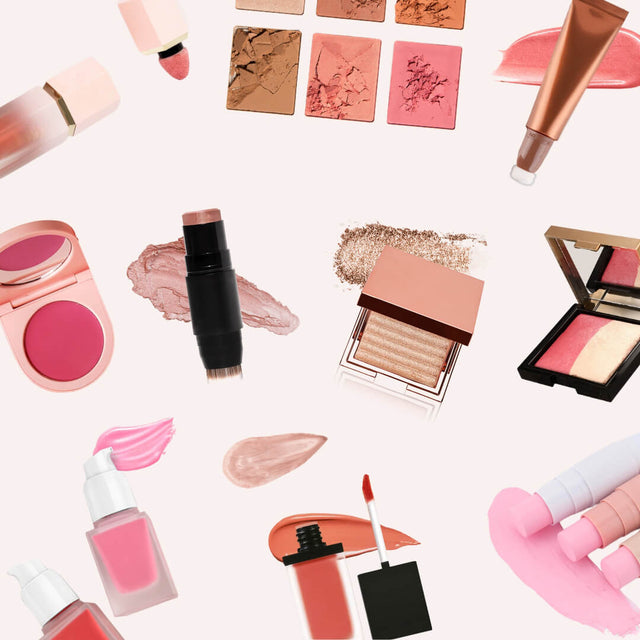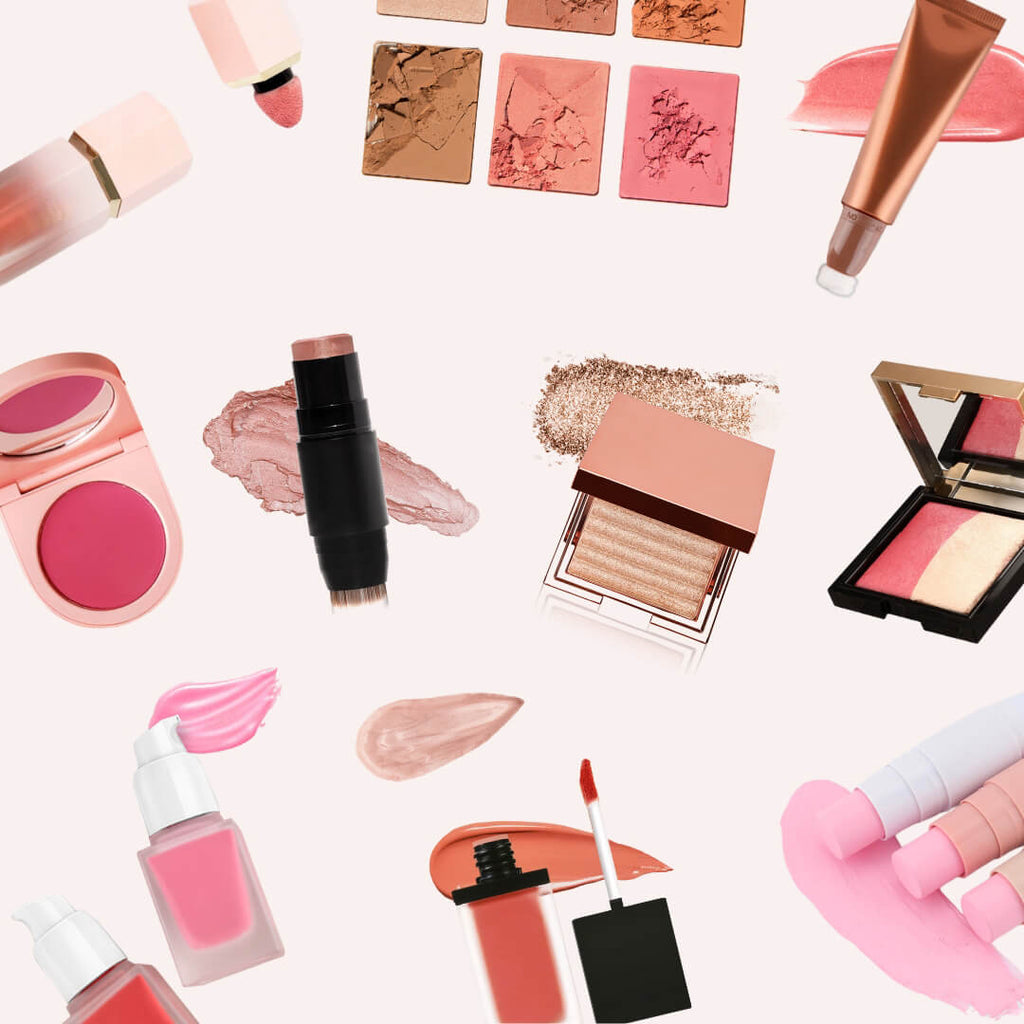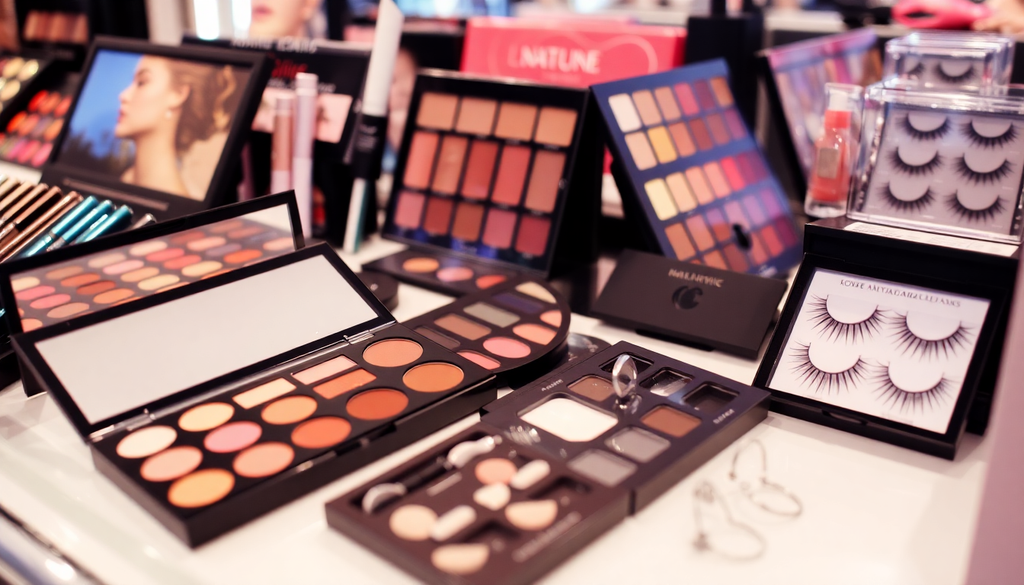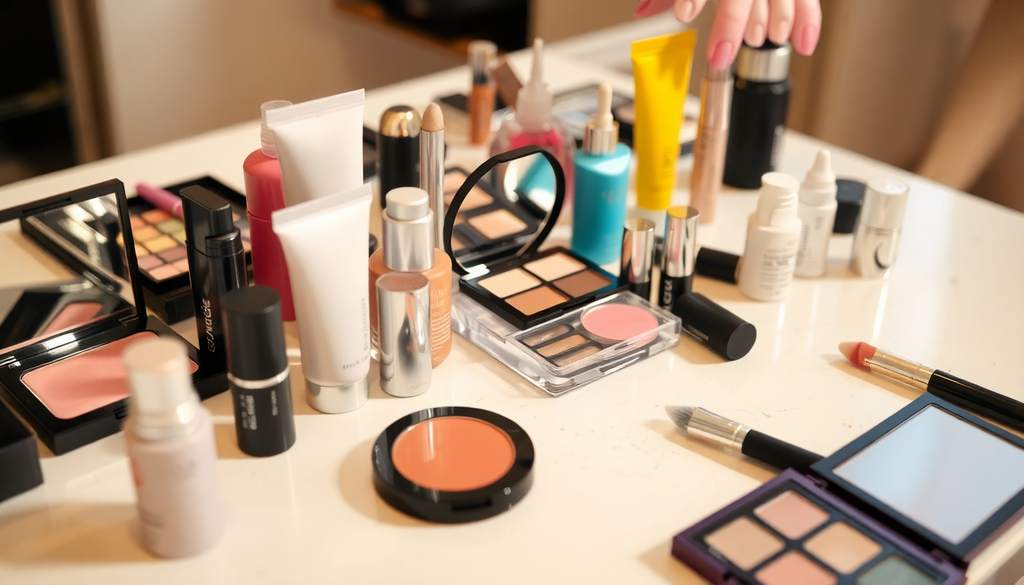
Navigating the Global Makeup Market: Essential Strategies for Launching Your Brand with Private Label Cosmetics and Custom Packaging in 2025
Introduction
The global makeup market is a dynamic and ever-evolving industry, projected to reach a value of over $800 billion by 2025. As consumer preferences shift towards personalized and sustainable products, entrepreneurs looking to launch their makeup brands must be equipped with effective strategies to stand out. This article delves into the essentials of navigating the global makeup market, focusing on private label cosmetics, custom packaging, compliance with regulations, and marketing techniques tailored for 2025.
Understanding Private Label Cosmetics
Private label cosmetics enable brands to bring their unique vision to life by partnering with established manufacturers. This approach not only reduces the initial investment needed for product development but also offers a wide range of customization options. Here are some key benefits of private label cosmetics:
- Cost-effective entry: By utilizing existing formulations, you can minimize costs associated with research and development.
- Flexibility in product offerings: You can easily expand your product line based on consumer trends and preferences.
- Customization: Tailor formulations, packaging, and branding to align with your brand identity.
- Faster time to market: Reduced lead times allow you to launch products quickly and respond to market demands.
Key Markets to Consider
Understanding the nuances of different regional markets is crucial for success. Each market has its own regulations, consumer preferences, and trends. Here’s a breakdown of several key markets in 2025:
North America
- Labeling Requirements: In the United States, the FDA regulates cosmetics, requiring clear labeling that includes ingredient lists, net weight, and allergen warnings. Brands must also adhere to specific guidelines regarding claims made on packaging.
- Consumer Preferences: There is a strong demand for clean and cruelty-free products, with consumers increasingly gravitating towards brands that promote sustainability and ethical sourcing.
- Import Policies: Ensure compliance with customs regulations and tariffs, which can vary based on product ingredients and packaging materials.
Europe
- Cosmetic Regulation (EC) No 1223/2009: This regulation mandates that all cosmetic products sold in the EU must be registered, and they must undergo thorough safety assessments. Brands must keep a product information file (PIF) that includes details about the formulation, testing, and labeling.
- Eco-Friendly Packaging: There’s a significant push towards sustainable practices in Europe. Consumers are increasingly favoring brands that use recyclable or biodegradable packaging.
- Market Trends: The demand for vegan makeup products is rising, along with the popularity of innovative formulations that incorporate natural and organic ingredients.
Asia-Pacific
- China: The Chinese cosmetics market is one of the largest in the world, but it comes with strict regulations. Imported cosmetics typically require animal testing, although changes in regulations are starting to allow for alternatives. Brands must navigate the complexities of local regulations and consider partnering with local distributors.
- Japan: Japan is known for its high-quality cosmetics and unique formulations. Brands entering this market should focus on local trends such as K-beauty (Korean beauty) influences and innovative product textures.
- India: The Indian market is burgeoning with opportunities, especially for affordable yet high-quality products. Brands should consider localization strategies to appeal to diverse regional preferences.
Latin America
- Brazil: Brazil has one of the largest beauty markets in the world. However, it enforces strict regulations on labeling and product safety. Brands must comply with ANVISA (the Brazilian Health Regulatory Agency) guidelines to successfully market their products.
- Mexico: Mexico is experiencing a growing demand for organic and natural makeup products. Brands should focus on local sourcing and environmentally friendly practices to resonate with consumers.
- Argentina: The market in Argentina is characterized by a preference for high-quality international brands, making it essential for new entrants to establish a strong brand presence.
Setting Up Your Online Store
In today's digital-first environment, establishing a robust online presence is paramount. Here’s a step-by-step guide to creating an effective e-commerce site for your makeup brand:
- Select the Right Platform: Popular e-commerce platforms like Shopify, WooCommerce, or BigCommerce offer user-friendly interfaces and customizable templates to cater to your brand's needs.
- Design User-Friendly Navigation: Ensure that your website is easy to navigate with clear categories, filters, and search functions to enhance the shopping experience.
- Mobile Optimization: With a growing number of consumers shopping via mobile devices, ensure your site is fully optimized for mobile viewing.
- High-Quality Imagery: Invest in professional photography to showcase your products attractively. Include multiple angles and close-ups to give customers a thorough view of the products.
- Implement SEO Strategies: Utilize effective search engine optimization techniques to improve your site’s visibility. Optimize product descriptions, images, and blog content with relevant keywords.
- Secure Payment Options: Offer multiple payment methods, including credit cards, PayPal, and other popular payment options to facilitate a smooth checkout process.
Marketing Your Makeup Brand
To differentiate your brand in the competitive makeup market, innovative marketing strategies are key. Here are some trending approaches to consider:
- Influencer Collaborations: Partnering with beauty influencers can significantly amplify your brand’s visibility. Choose influencers whose aesthetics align with your brand values and target audience for maximum impact.
- Social Media Engagement: Platforms like Instagram, TikTok, and Pinterest are essential for beauty brands. Create engaging content that highlights your products through tutorials, makeup challenges, and user-generated content.
- Content Marketing: Establish your brand as an authority in the beauty space by providing valuable content. Create blogs, how-to guides, and videos that educate consumers about makeup application techniques and the benefits of your products.
- Personalization: Utilize data analytics to offer personalized shopping experiences for customers. Tailor recommendations based on their browsing and purchase history.
- Promotional Campaigns: Offer limited-time discounts, bundle deals, or loyalty programs to encourage repeat purchases and build brand loyalty.
- Interactive Experiences: Consider implementing augmented reality (AR) features that allow customers to virtually try on makeup before purchasing.
Trendy Innovations in the Makeup Industry
To stay competitive, it’s important to keep an eye on emerging trends within the makeup industry. Some of the most significant trends in 2025 include:
- Clean Beauty: A growing number of consumers are seeking products that are free from harmful chemicals. Brands that prioritize clean and transparent formulations are likely to attract a loyal customer base.
- Inclusive Shade Ranges: There’s an increasing demand for brands to offer a diverse range of shades that cater to all skin tones, ensuring that everyone can find their perfect match.
- Innovative Textures: Consumers are gravitating towards products with unique textures, such as gel-to-powder formulas or cream-based products that offer versatility.
- Smart Cosmetics: The integration of technology into cosmetics is on the rise, with innovations such as skincare-infused makeup and products that adapt to the wearer’s skin type.
- Subscription Services: Many brands are exploring subscription models that allow customers to receive curated products on a regular basis, enhancing customer retention.
Conclusion
Launching a makeup brand in 2025 presents a wealth of opportunities, but it requires careful planning and execution. By understanding the nuances of private label cosmetics, complying with regional regulations, and implementing effective marketing strategies, you can carve out a niche in the competitive global market. Stay attuned to emerging trends and consumer preferences, and leverage innovative approaches to create a brand that not only resonates with consumers but also stands the test of time. With the right strategies in place, your makeup brand can thrive and achieve lasting success in the vibrant world of beauty.




